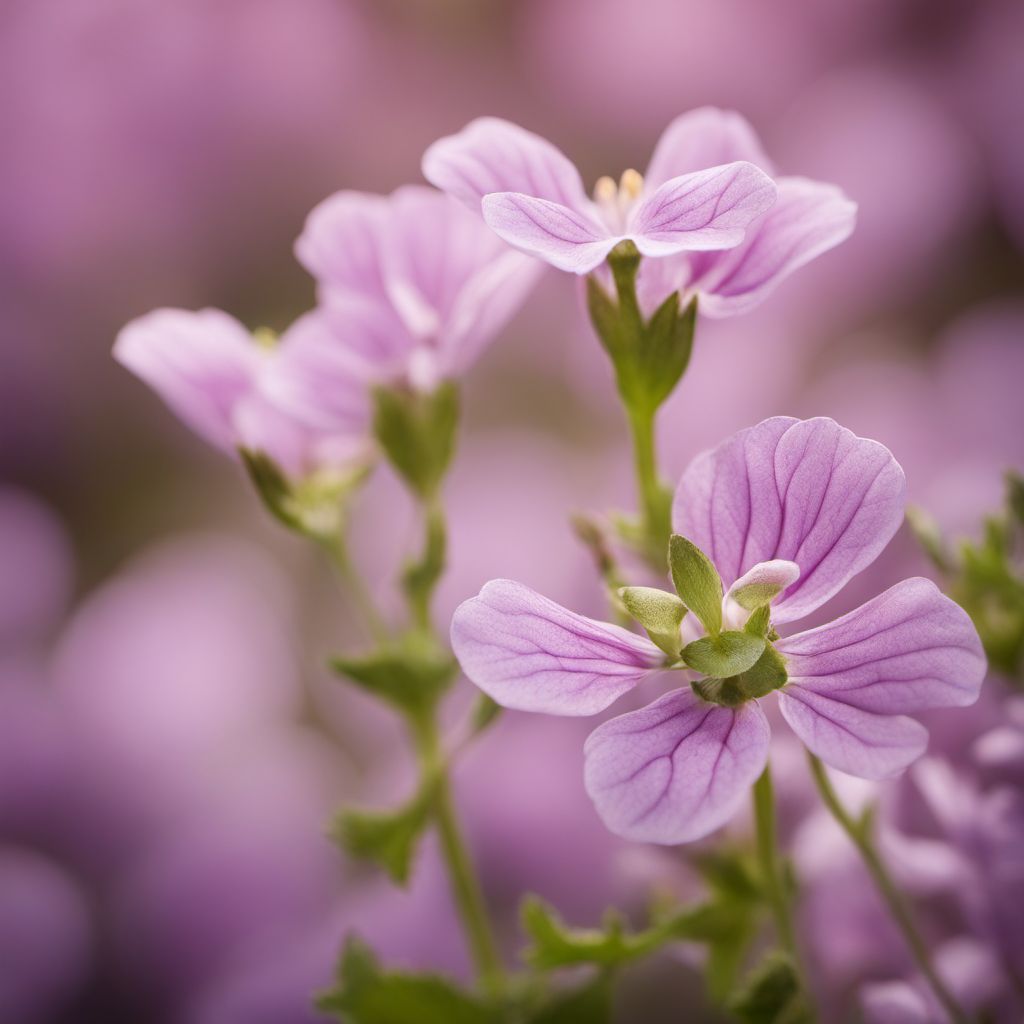
Ingredient
Mallow leaves
Velvety Greens with a Mild Bite
Mallow leaves are heart-shaped greens with a velvety texture and serrated edges. They have a mild, slightly tangy flavor that is reminiscent of spinach or lettuce. The leaves are tender and can be eaten raw or cooked. When cooked, they soften and develop a slightly slimy texture, similar to okra. Mallow leaves are often used in Mediterranean and Middle Eastern cuisines.
Origins and history
Mallow leaves have a long history of culinary and medicinal use. They have been consumed since ancient times and were highly regarded for their nutritional and healing properties. Mallow leaves are native to Europe, North Africa, and Asia, and they have been naturalized in many other regions around the world. Today, they are cultivated and foraged for their culinary value.
Nutritional information
Mallow leaves are low in calories and fat, making them a nutritious addition to meals. They are a good source of vitamins A and C, as well as minerals such as calcium and iron. Mallow leaves also contain antioxidants and have been traditionally used for their soothing and anti-inflammatory properties.
Allergens
Mallow leaves are not known to be allergenic, but individuals with sensitivities to other leafy greens or plants in the Malvaceae family may experience cross-reactivity.
How to select
When selecting mallow leaves, look for fresh, vibrant greens with no signs of wilting or yellowing. Avoid leaves that are damaged or have insect infestations. If foraging for mallow leaves, ensure that you are knowledgeable about the plant and its identification to avoid any potential risks.
Storage recommendations
To maintain the freshness and quality of mallow leaves, store them in a plastic bag or container in the refrigerator. They can be kept for up to a week, but it is best to consume them as soon as possible for optimal flavor and texture.
How to produce
Mallow plants can be grown in home gardens or foraged in the wild, depending on the availability and local regulations. They are relatively easy to grow and can tolerate a variety of soil conditions. Mallow plants prefer full sun or partial shade and regular watering.
Preparation tips
Mallow leaves can be used in salads, soups, stews, and stir-fries. They can be enjoyed raw in salads or added to cooked dishes for a mild green flavor. Mallow leaves can also be blanched or sautéed to reduce their sliminess. They pair well with ingredients such as garlic, lemon, olive oil, and tomatoes.
Substitutions
Spinach or lettuce can be used as substitutes for mallow leaves, as they have a similar mild flavor and tender texture. Other suitable substitutes include Swiss chard or kale, although they may have slightly different flavors and textures.
Culinary uses
Mallow leaves are commonly used in Mediterranean and Middle Eastern cuisines. They are often added to salads, soups, and stews for their mild flavor and tender texture. Mallow leaves can also be used as a garnish or added to sandwiches and wraps for an extra layer of freshness.
Availability
Mallow leaves are commonly available in regions where they are cultivated or foraged, such as Europe, North Africa, Asia, and parts of North America.
More ingredients from this category » Browse all
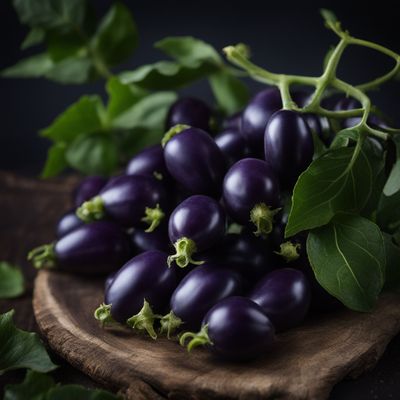
Nightshade, black
The Dark Delight: Unveiling the Secrets of Black Nightshade

Pepper leaves
The Leafy Delight: Unveiling the Hidden Potential of Pepper Leaves
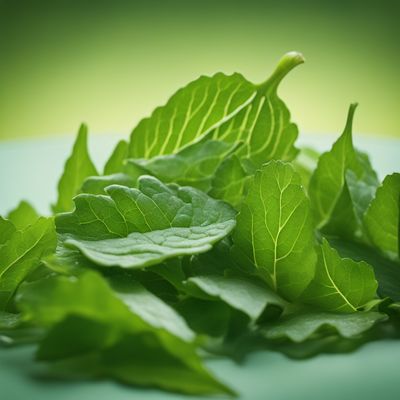
Balsam pear leaves
The Healing Power of Balsam Pear Leaves
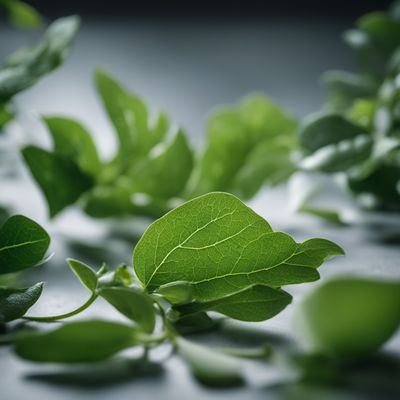
Blumea leaves
The Aromatic Herb: Blumea Leaves

Blackjack leaves
The Versatile Blackjack
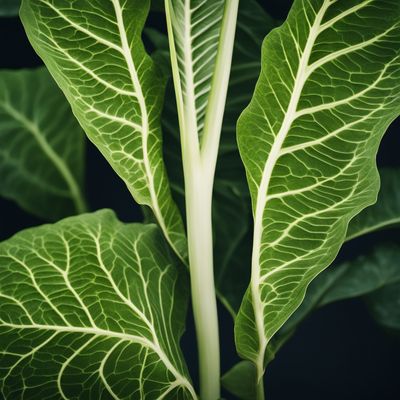
Taro leaves
The Verdant Delicacy: Taro Leaves

Salsify leaves
The Verdant Delight: Unveiling the Hidden Potential of Salsify Leaves
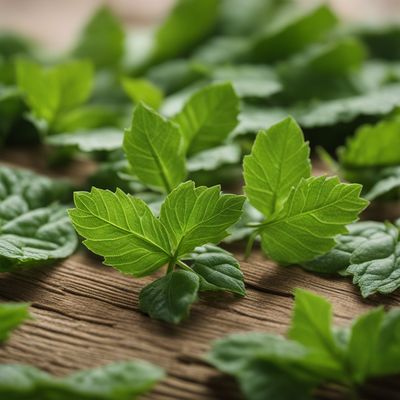
Jew's mallow leaves
The Nutritional Powerhouse: Jew's Mallow Leaves
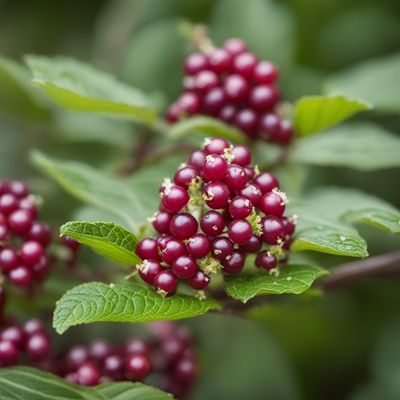
Pokeweed
The Wild Wonder: Pokeweed

Marsh marigold leaves
The Golden Herb
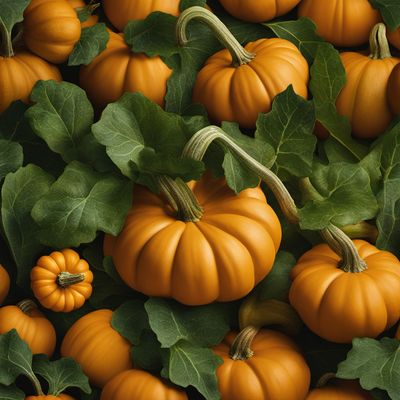
Pumpkin leaves
The Nutritious Greens: Pumpkin Leaves
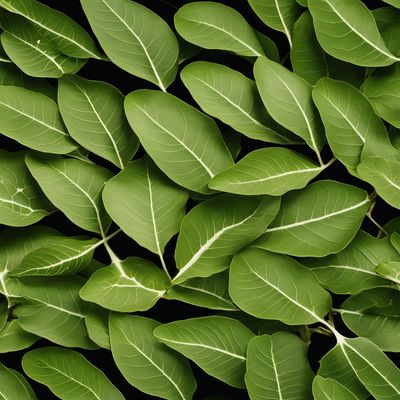
Baobab leaves
The Nutritional Powerhouse: Baobab Leaves Unveiled